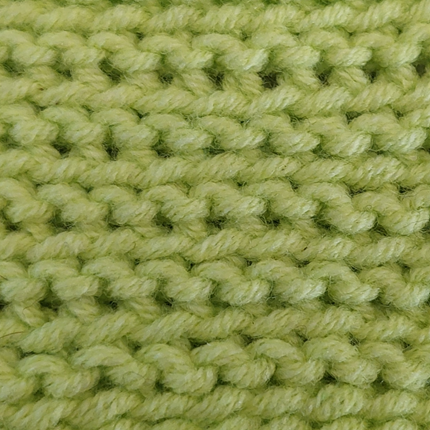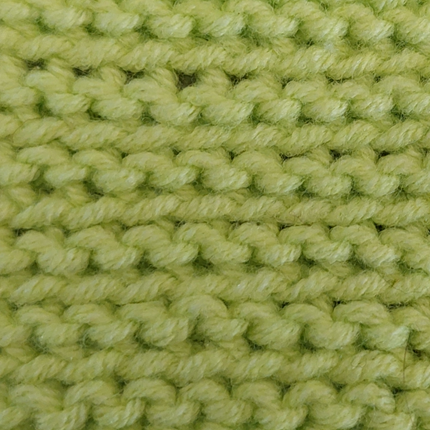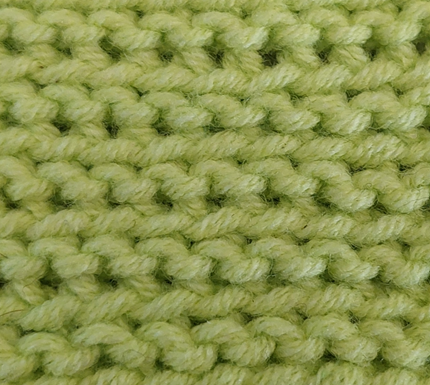This is a fun pattern that is made by making slip stitches. In this variation, you work under the front loop of the V-stitch of the previous row. It is important to work loosely, because otherwise it is difficult to get your hook under the loop in the next row. Patterns 7 and 9 are variations on making slip stitches, in which you work under the loops in a different way.
Slip stitches are not really suitable for making large projects, because that will really take up a lot of time, but you can do smaller objects with them, especially if you use thicker yarn or when they are combined with other stitches.
Making slip stitches and working in the foundation, which for this variation must be done the same in row 1 as in the basic variation, is shown in detail in the video of the crochet course.
Instruction videos
Instructional videos are available for this pattern. The shorts will be published soon.
In the video here I demonstrate the stitch as part of the video showing patterns 7, 8 and 9, with a tip for this variation for placing the marker in the first stitch. Use the chapters in the video to jump to where this variation is shown if you want to skip the other variations.
Front

Back

Pattern chart

Pattern description
| Number of stitches pattern: | of your choice |
| Foundation: | make a foundation chain with the desired number of stitches of your choice |
| Row 1: | Make the first slip stitch in the first stitch from the hook. Work into the back bump of the foundation chain. Continue the row with the rest of the desired number of stitches. |
| Row 2: | Make the first slip stitch in the front loop of the last stitch of the previous row. Continue the row with the rest of the desired number of stitches. |
| Row 3 and next rows: | Repeat row 2. |
Used stitches
 | chain (horizontal) and turning chain (vertical) |
 | slip stitch |
 | work in front loop |
The two symbols for the slip stitch and working into the front loop are combined in the pattern chart, they are 1 composite symbol for the stitch.
Tips
Work loose! Place a marker in the back loop of the first stitch, so you know exactly where to make the last stitch on the next row. This can sometimes be difficult to see.

